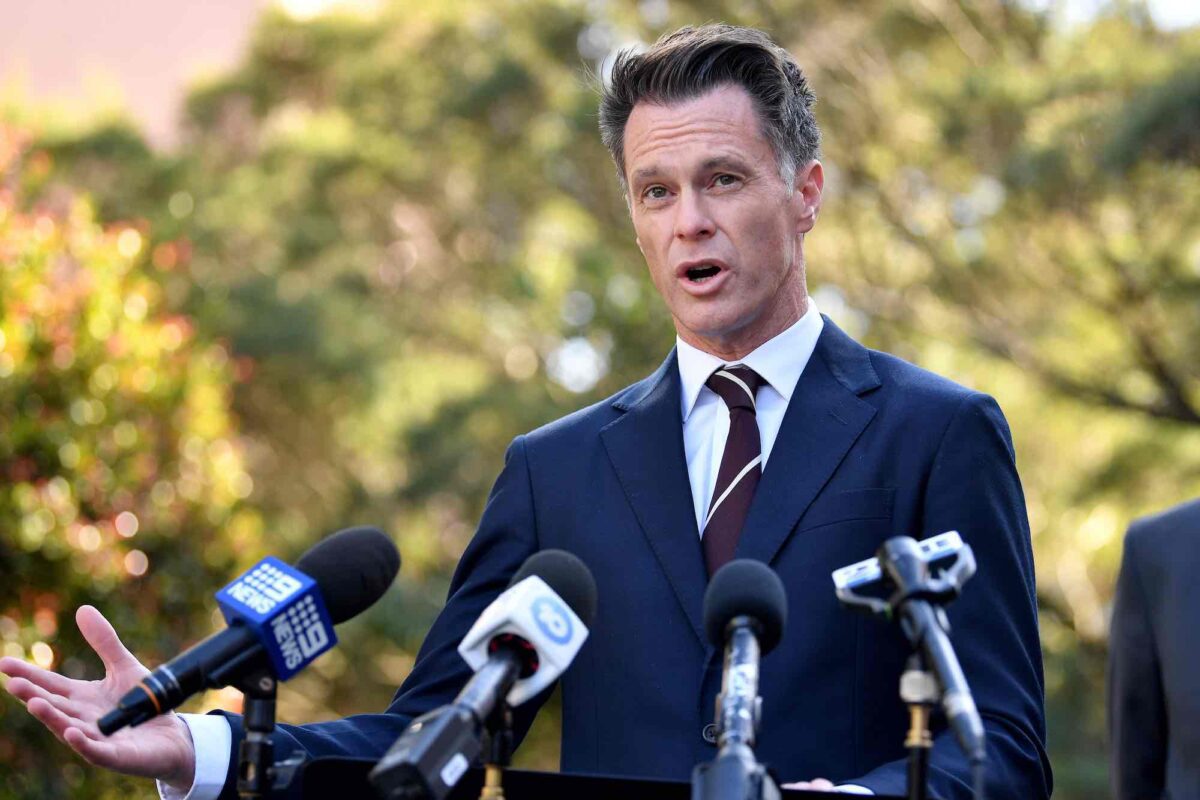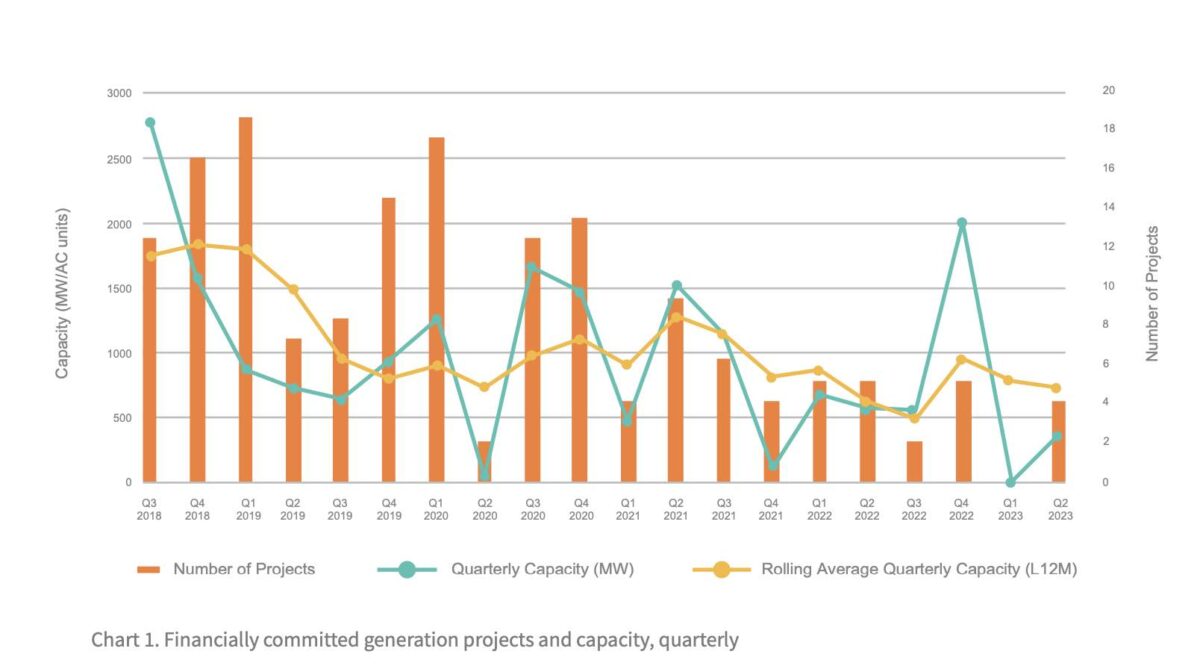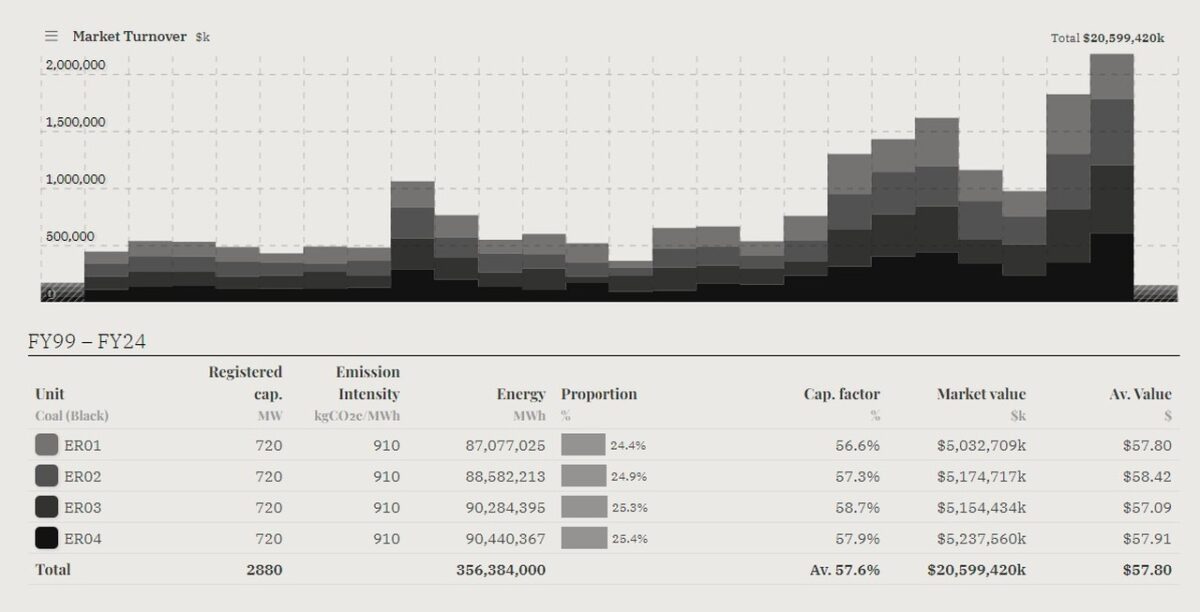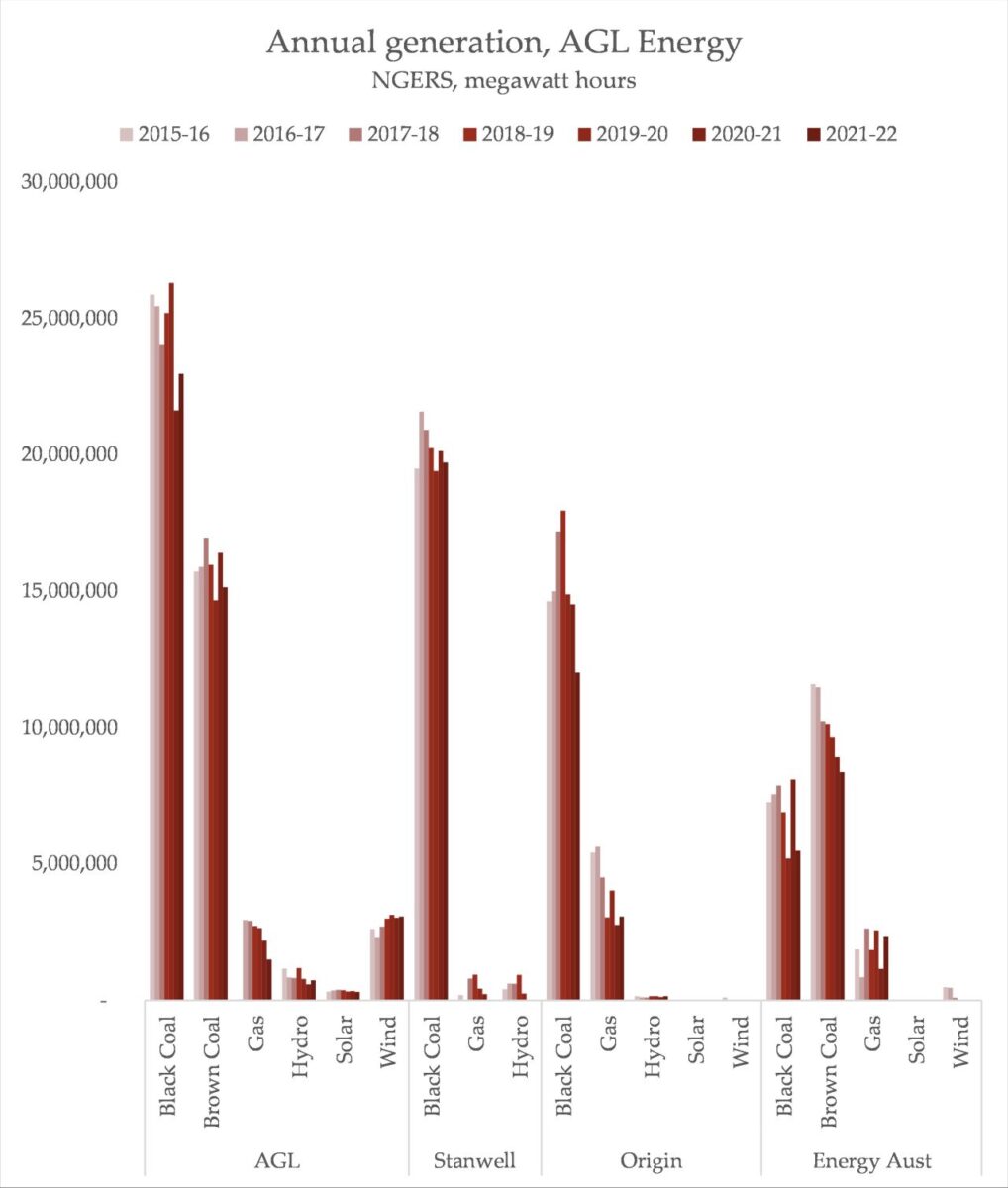Planet Earth’s hottest July on record, an outbreak of heatwaves, fires, evacuations, floods and the early onset of fire pre-conditions in Australia.
A big part of why things have gotten so bad: there has been a frequent and steady onset of extremely terrible decisions on climate. A desire to stick with the status quo, to avoid ambition and mostly, to preserve the fossil fuel industry has driven these bad decisions, and together, they add up to terrifying images of fires, heatwaves and evacuations on your evening news.
There is one shockingly simple and clear illustration of these bad decisions at play around the Eraring power station.
The freshly-elected NSW Labor party has been calmly laying the public discourse groundwork to announce they’re going to pay Origin Energy, one of Australia’s largest fossil fuel companies, up to several hundred million dollars to keep the Eraring coal-fired power station open longer than its announced closure date of 2025.
As reported on RenewEconomy, there is widespread condemnation of this move among clean energy and transition experts.
Labor are obviously keen to test the waters before properly announcing this new fossil fuel subsidy, and have been preparing for this moment from even in the middle of the election campaign earlier this year, when leader and now premier Chris Minns even canvassed buying back the power station.
Excerpts of the report have found their way to journalists, who did not interrogate or analyse the assumptions in the modelling – if they saw it, or if it exists – or consult with experts to review the conclusions of the report.
That report, it should be noted, was written by a former head of the precursor to what is known now as the Australian Energy Council, a group that represents energy retailers, including Origin Energy.
The push to lock coal into Australia’s power grid comes at time when the years-long failure to create new renewable energy policy to replace the stagnant RET is manifesting properly in the data.
This was clear three full years ago, and has been covered in detail here at RenewEconomy. As the Clean Energy Council recently showed in their latest quarterly report, there has been an extremely significant slow-down in clean energy construction in Australia, at a time when it needs to roughly triple to be on track to meet an 82% clean target by 2030.
RenewEconomy’s Giles Parkinson has written in detail here about why Australia so badly needs some ‘hard’ legislated renewable energy targets. Legislated sectoral emissions targets would do the trick, too. What perhaps isn’t fully clear to most punters is (a) just how shockingly bad Eraring’s emissions are and (b) just how severely the big utilities have failed to build new wind and solar, even as their coal fleets degrade.
Eraring’s planet-heating impact has been around 7-8% of Australia’s total power sector emissions (about 13% of NSW’s total emissions), for the past few years, according to NGERS reports and DCCEEW emissions data.
Giving Eraring a new lease of life isn’t just a little smidgen of extra carbon emissions. I have no doubt that all the models that show the grid reaching 82% renewables get knocked sideways by a massive time extension like this, from such a major source of pollution. Paying Origin to pollute for another few years will, no doubt, set both the state and Australia as a whole back relatively significantly, in terms of emissions.
The NSW government will almost certainly have to pay Origin Energy dearly for the privilege of failing on its climate targets. The estimates are between $200m to $400m a year. Outrageously, this is in the year following Eraring’s single most lucrative year on record – $2.2billion dollars of market turnover in the NEM.
In addition to Labor defaulting to the worst decision possible on this issue, Australia’s energy retailers have failed spectacularly to build significant new volumes of wind and solar. Here’s the data for how generation has changed for fossil fuels versus renewables, for the four big ones:
Think, for a moment, about what an incredible self-sustaining approach this is for the big gentailers.
- Fail to build new wind and solar, and suffer no regulatory consequences or political pushback
- Wait until the reports warn of blackouts and catastrophe
- Then, demand taxpayer cash to keep coal plants open as long as possible
There are worrying signs of this being a trend. The closure of a unit at the Muja coal-fired power station, for instance, was recently delayed. Parkinson predicts that these coal plants won’t be the last ones eagerly extending the dates of their coal plant closures – they know, with total confidence, that the severe climate impacts of those decisions will go largely unremarked in media coverage.
Everything should be in place here. This should be the easiest correct decision in the history of climate policy in Australia.
Wind and solar remain the cheapest options for new energy. Coal plants are directly responsible for massively pushing up electricity bills, and causing major reliability issues particularly during the extreme weather events they themselves contribute to intensifying.
The level of public support for climate action and energy transition is extremely high, and many of the corporate developer social issues around new transmission and large-scale projects in Australia are eminently resolvable – the sector pulled out of the ‘wind turbine syndrome’ funk of the mid-2010s into a massive boom in new clean energy, and it could happen again. Everything is laid out on the table for the ‘easiest to abate’ sector to get moving as fast as it needs to.
Yet, the easiest decision somehow translates into the worst outcome. The end result has somehow ended up with a company that is raking in record profits likely getting paid taxpayer money to raise pollution, worsen reliability and increase electricity bills.
Even more frustratingly, this is considered the reasonable, ‘adult’ option. It is a hallmark of just how intensely strange the climate space is, that such a catastrophic failure of basic planning and decision making is also the moment that gets celebrated by the centre-right industrial, political and media mass as ‘reasonable’ and ‘grown-up.
The past decades of climate failure have led to massive volumes of greenhouse gases in the atmosphere, and a consequent drumbeat of heatwaves, fires and various other disasters. We are watching one of those failures playing out in real time, and there is still a chance to stop it before it gets locked in.













